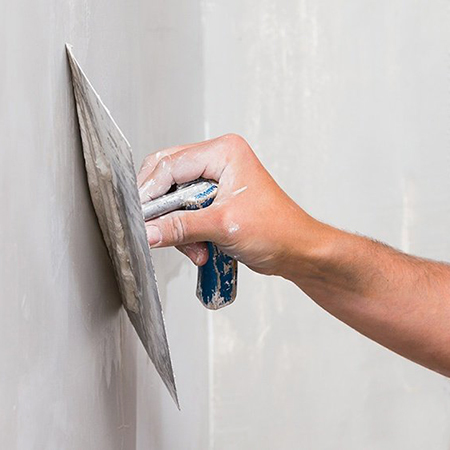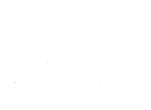When Should You Skim Coat Drywall?
 One of the best ways to make unsightly walls and ceilings look smooth and clean again is to skim coat the drywall. Also known as drywall finishing, skim coating levels the surface of a wall and repairs damage, such as minor cracks and stains. The skim coat process is also an important part of finishing a new installation.
One of the best ways to make unsightly walls and ceilings look smooth and clean again is to skim coat the drywall. Also known as drywall finishing, skim coating levels the surface of a wall and repairs damage, such as minor cracks and stains. The skim coat process is also an important part of finishing a new installation.
To skim coat drywall, a thin layer of joint compound is applied by hand, paint roller, or spray rig. The compound is then smoothed out with a drywall knife or trowel, allowed to dry thoroughly, and then sanded. Two skim coats may be required to achieve a uniform surface.
Here are the most common reasons for applying skim coat to walls or ceilings:
Old or Damaged Surfaces
The walls inside a home or professional building can take a lot of abuse over the years. Scuff marks, stains, dents, and cracks are some examples of the wall damage that can occur. Skim coating can make those repairs. Skim coating is also a good solution for smoothing over dated, textured ceiling surfaces, such as “popcorn” ceilings. Covering over such ceilings, however, is a messy, dusty, labor-intensive, time-consuming process, which is why experts recommend hiring a drywall professional.
New Installations
New drywall installations must be skim coated. This important process ensures you will end up with a uniform surface to prime and paint. If you don’t skim coat new drywall, you can sometimes see where the paint has absorbed differently over the drywall paper compared to the joint compound. In addition, skim coating covers tape joints and hides the seams where drywall boards meet.
Damage Caused by Wallpaper
Wallpaper that seemed like a good idea when you put it up, may no longer please you. Unfortunately, removing wallpaper is a time-consuming, difficult process that requires removing not just the paper, but also the glue behind it. Once the paper’s gone, glue remnants may remain, leaving an uneven wall surface. Skim coating will restore your drywall to a uniform, smooth surface once again.
Damage Caused by Mold
Mold is potentially harmful, depending on the type. Black mold, especially, can cause serious health problems. With any type of mild, once it has been removed, you will be left with either a stained wall or surface damage. If you have mold on your drywall, experts recommend that you call in a professional who will make sure it’s completely removed and take care of the often tricky repairs.
In Conclusion
Skim coating drywall is the best technique for bringing walls and ceilings back to life after repairs, and to properly finish a new drywall installation.
If your walls need attention, consider hiring a professional. A drywall installer will tape, apply skim coat layers with expertise, and properly sand between layers. The result will be ultra-smooth, professional-looking walls.

